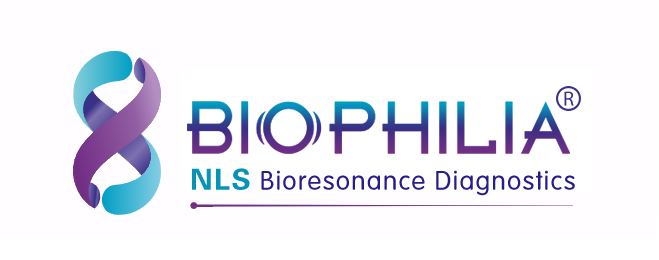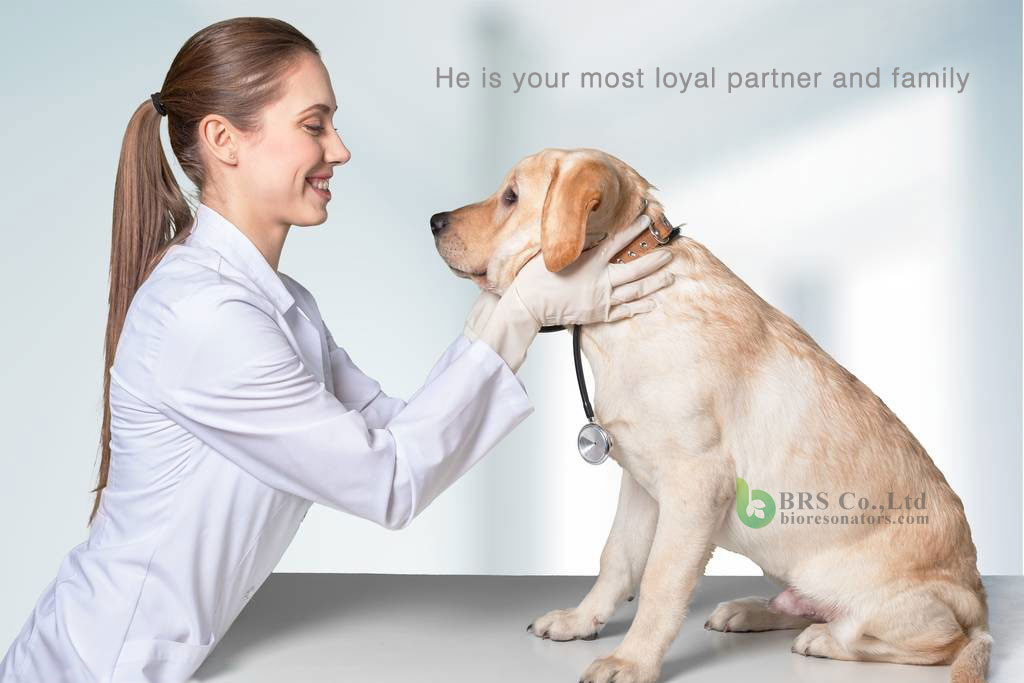animal health matters
- Russell
- July 07, 2023
- 309
- 0
- 0
Cats and dogs are playing an increasingly important role in people's lives. In the minds of many people, they are family members, life partners, and owners who need to serve with heart. Biophilia Guardian may be your best helper...
And what to feed your pets is really a headache. Many cat shovelers will choose regular pet food, treats, and occasionally cooked meat. But others believe that raw meat is the most natural and healthiest food for dogs and cats.
However, many research institutes and veterinarians discourage feeding raw meat.
Organizations such as the American Veterinary Medical Association (AVMA), the Canadian Veterinary Medical Association (CVMA) and the U.S. Food and Drug Administration (FDA) are reminding pet lovers not to feed raw, undercooked meat to cats and dogs. Raw meat not only affects the health of cats and dogs, but also poses a threat to the people around pets.
Some veterinary associations advise against feeding raw meat
Only feed dogs raw meat because wolves only eat meat?
Some people who insist on feeding only dog meat believe that since dogs are domesticated by wolves, the best food for dogs is what wolves eat in the wild. But is that really the case?
As carnivores, wolves eat many different animals in the wild, mainly ungulates (such as elk, bison, etc.), others include small mammals (such as hares, voles, etc.), fish, birds, insects, etc. Perhaps because of referring to the diet of the dog's ancestor wolf in the wild, many pet owners believe that dogs should also eat more meat, and it must be raw.
So, do wolves really only eat meat in the wild?
Sadly, this is not the case.
Wolves are also vegetarians. By analyzing wild wolf feces and stomach/intestinal contents, a number of research groups have been able to determine what gray wolves are eating. The study found that wolves' diets also included plants, such as grasses, leaves or wild berries, although not in large quantities.
Although dogs and wolves share similarities in physical structure, they also have many differences.
From an evolutionary perspective, dogs evolved from wolves and were domesticated by humans about 15,000 to 33,000 years ago. Under the double pressure of natural selection and artificial selection, dogs have produced many different genes and physiological structures from wolves.
First, although dogs are still like wolves, they do not have the amylase enzyme that breaks down starch in their saliva. However, dogs are better at digesting and absorbing starch than wolves. This is due to three specific genes in dogs—AMY2B, which synthesizes amylase in the gut, MGAM, which increases maltase activity, and SGLT1, which increases glucose absorption. With these three genes in place, dogs are better able to adapt to the starchy diet of humans.
Second, dogs and wolves actually like to eat different foods. For example, if dogs and wolves can choose by themselves, the energy supply ratio of "protein: fat: carbohydrates" in the food chosen by wolves is 54%: 45%: 1%, while the energy supply ratio of the three nutrients selected by dogs is It is 54%: 45%: 1% 30%: 63%: 7%.
In other words, the long-term evolution and domestication process has endowed dogs with a stronger ability to digest and absorb starch, and at the same time formed their own unique dietary preferences and habits.
Like people, the normal pH of the stomach of cats and dogs is very low, only about 2. Such a low pH can kill salmonella and many other pathogenic bacteria. However, when we (including cats and dogs) eat (especially foods with a lot of protein), the pH level in the stomach will increase (become less acidic). If the food happens to be contaminated with salmonella, the elevated pH will help these pathogenic bacteria survive in the stomach. The pH in the intestinal tract is higher than that in the stomach, which is more suitable for the growth of bacteria. Therefore, if the bacteria are not killed in the stomach, they will have a great chance to multiply in the intestinal tract.
The pathogenic bacteria remaining in the mouth will be spread everywhere when cats and dogs groom themselves or lick people, and the pathogenic bacteria in the intestinal tract may also be excreted by cats and dogs to the surrounding environment, which may Harming pet owners themselves, children and the elderly at home, as well as neighbors, visitors and other people with poor immunity is a hidden danger that cannot be ignored. Biophilia Guardian can detect all of these for you, including cat and dog physical indicators and Bacteria data, etc., bring health to pets and health to family members.

